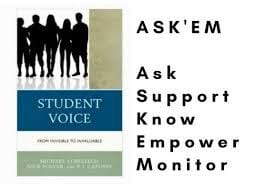
AI Generated Image after running my blog post through Chat GPT 4o
In our school district, since November 2023, and with a great deal of energy and purpose since the CoSN national conference in April 2024, we have been on a “vision quest” with Generative Artificial Intelligence (AI) tools. The potential revolutionary changes for teachers and students alike have inspired teams of administrators and teachers in the exploration, research, implementation, study, review, and implementation of GEN AI into our professional practice!
In this blog post, I’m sharing an AI produced (and human edited) executive summary of the District 112 Generative Artificial Intelligence (AI) Guidance Document and Plans shared with the Board of Education in May and June 2024.
What follows the executive summary is an information blog post further illustrating our “why” in terms of deep study of how GEN AI will support our vision to Inspire, Innovate, and Engage for each child – and each staff member – EVERY day! The blog post is entitled, Embracing the Future: Integrating Generative AI in North Shore School District 112
First, here is an Executive Summary:
North Shore School District 112 (Illinois) Generative Artificial Intelligence Guidance and PlansGenerative Artificial Intelligence Guidance and Plans
Introduction
North Shore School District 112 is at the forefront of integrating cutting-edge technologies to enhance educational outcomes and operational efficiencies. The “Generative Artificial Intelligence Background, Guidance, Plans” document outlines the strategic approach to piloting Magic School AI in our district, providing a roadmap for successful implementation.
Key Objectives
The primary objectives of integrating Generative AI in our district include:
1. **Personalized Learning**: Leveraging AI to tailor educational content and experiences to meet the unique needs of each student, thereby improving engagement and academic performance.
2. **Operational Efficiency**: Streamlining administrative tasks and processes to allow educators to focus more on instruction and less on bureaucracy.
3. **Data-Driven Decision Making**: Utilizing AI to analyze vast amounts of data, providing insights that drive informed decision-making and strategic planning.
Implementation Strategy
1. **Pilot Program**: The initial phase involves piloting Magic School AI in select classrooms to evaluate its effectiveness and gather feedback from educators and students.
2. **Professional Development**: Providing comprehensive training for teachers and staff to ensure they are equipped with the skills and knowledge to effectively use AI tools.
3. **Stakeholder Engagement**: Engaging with students, parents, and the community to build support and ensure transparency throughout the implementation process.
Benefits
1. **Enhanced Learning Experiences**: AI can create customized lesson plans, provide real-time feedback, and suggest resources tailored to each student’s learning style and pace.
2. **Increased Efficiency**: Automation of routine tasks such as grading and attendance tracking frees up valuable time for educators to focus on teaching and mentorship.
3. **Improved Outcomes**: Data-driven insights help identify areas for improvement, monitor student progress, and develop targeted interventions to support student success.

Challenges and Mitigation
1. **Data Privacy**: Ensuring the security and privacy of student data is paramount. Strict protocols and compliance with relevant regulations are in place.
2. **Equity and Access**: Addressing potential disparities in access to technology and ensuring all students benefit from AI integration.
3. **Change Management**: Managing the transition and ensuring all stakeholders are adequately supported through continuous communication and training.
Conclusion
The integration of Generative AI in North Shore School District 112 represents a significant step towards modernizing our educational approach. By embracing this technology, we aim to create a more personalized, efficient, and data-driven educational environment that prepares our students for the future. This pilot program is just the beginning of our journey towards transforming education through innovation.
With that background, I share the following blog post which further illustrates our “why” for deep exploration of GEN AI tools for our 500 staff members and nearly 4000 students in grades PK-8 in Highland Park & Highwood Illinois.
Embracing the Future:
Integrating Generative AI in North Shore School District 112
In our rapidly evolving educational landscape, the integration of cutting-edge technologies is no longer optional but essential. At North Shore School District 112, we are pioneering the use of Generative Artificial Intelligence (AI) to enhance both educational outcomes and operational efficiencies. As we pilot Magic School AI in our district, I want to share insights into how this innovative technology is transforming our schools. As of this writing, we have 252 users who have generated 3,817 uses of Magic School AI tools since May! – SINCE MAY 13, 2024 – There is interest here
As a public school superintendent with a passion for educational leadership and teacher practices, my focus has always been on driving change and growth. Our recent work on “Generative Artificial Intelligence Background, Guidance, Plans” highlights the potential of AI to revolutionize our approach to teaching and learning.
WHY?? Enhancing Educational Outcomes
Generative AI offers a myriad of opportunities to personalize learning. By analyzing vast amounts of data, AI can tailor educational content to meet the unique needs of each student. This aligns perfectly with the strategies outlined in my upcoming book, *Leading for Tomorrow’s Schools Today*, where Nick Polyak and I emphasize the importance of individualized learning pathways. Truly creating opportunities for each child every day is more within our grasp, I strongly believe, with GEN AI tools than ever before. This is not just “ed tech” or a “cool suite of tools” – this is revolutionary change in our time.
For instance, Magic School AI can help create customized lesson plans, provide real-time feedback, and even suggest resources that align with each student’s learning style and pace. This not only improves student engagement but also empowers our educators to focus more on instruction and less on administrative tasks. With Magic Student (with great data privacy guardrails and nearly total control by teachers), students can get book lists, engage with historical figures, and much, much more. It’s not going to do their work for them – it’s going to help them do their work better!
GEN AI helps with Operational Efficiencies
Beyond the classroom, Generative AI can streamline various administrative processes. From automating routine tasks to improving data management, AI helps our district operate more efficiently. This aligns with the holistic approach I advocate in sessions like “Creating and Sustaining a Mentally Healthy Community,” where effective use of data and technology supports the overall well-being of our students, staff, and community. All that we do, and all that we have done, align with ways to support teachers, educational support staff, administrators, families, and at the core, students.
Building on Success
North Shore School District 112 has a history of success, and integrating AI is a natural next step. Over the past six years, our district has achieved remarkable milestones, thanks to the dedication of our staff and the support of our community. The adoption of AI technologies will build on these successes, ensuring we continue to lead in educational innovation. We cannot wait to see the results of this pilot (May – September) with professional development opportunities this summer and fall! Based on input we’ll determine our next steps!
We encourage educators to explore and experiment with GEN AI tools in their lives too (we encourage taking advantage of Khanmigo – free to every teacher/educator in the US – thank you Sal Khan!, ChatGPT – thanks to Open AI there are free versions with tremendous capabilities, Microsoft’s co-pilot, Google’s Gemini, Latimer offers a diverse AI tool, and much, much more. Our point, safety and legal concerns are addressed by Magic School AI – which is why we are in full pilot implementation mode. There are other really cool tools that we support reviewing, using, checking out, etc. as humanity itself is embracing the advent of this strange, new, powerful technology reality.
Collaboration and Continuous Learning
Our journey with AI is collaborative. By involving teachers, students, and the community in this pilot program, we ensure that the implementation is both effective and sustainable. This approach reflects the principles I discussed in my newest publication, *The Unfinished Teacher: Becoming the Next Version of Yourself*, which emphasizes the importance of continuous learning and adaptation.
Looking Ahead
As we move forward, I am excited about the possibilities that Generative AI brings to our district. This pilot program is just the beginning. By embracing these technologies, we are preparing our students for a future where digital literacy and technological proficiency are paramount.
I look forward to sharing more updates as we continue this journey. Together, we are shaping the future of education, one innovative step at a time!!

An AI Generated Image relating to North Shore School District 112




















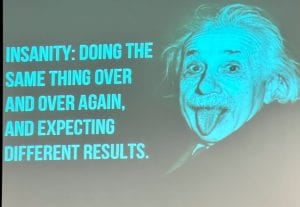 In this fourth of four blog posts illustrating forty years of educational reforms in the United States since the publication of A Nation at Risk in 1983, I am proud to reinforce some of what I knew, know, and plan to do! The report gave a start to decades of educational reforms that helped to cause a national obsession with standardized test results. Some of the momentum has been great in terms of causing an awareness of what it means for a school system to educate each child every day — some of the momentum has been horrible in terms of causing people who score “less than proficient” to be looked upon as illiterate.
In this fourth of four blog posts illustrating forty years of educational reforms in the United States since the publication of A Nation at Risk in 1983, I am proud to reinforce some of what I knew, know, and plan to do! The report gave a start to decades of educational reforms that helped to cause a national obsession with standardized test results. Some of the momentum has been great in terms of causing an awareness of what it means for a school system to educate each child every day — some of the momentum has been horrible in terms of causing people who score “less than proficient” to be looked upon as illiterate.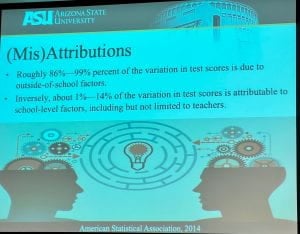
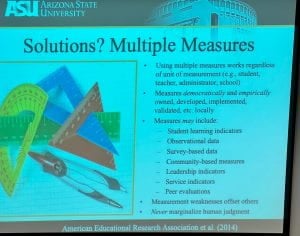
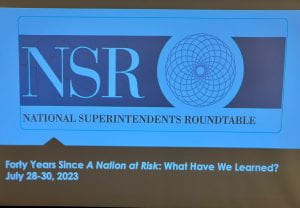 be less than and more than. It is time to develop a more realistic accountability system that means more than “average” or “beyond or below”.
be less than and more than. It is time to develop a more realistic accountability system that means more than “average” or “beyond or below”.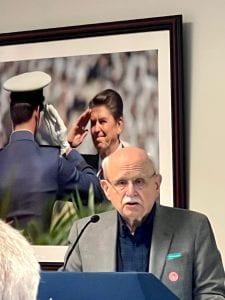


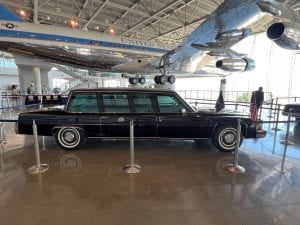
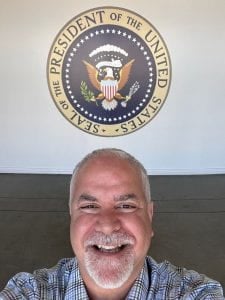
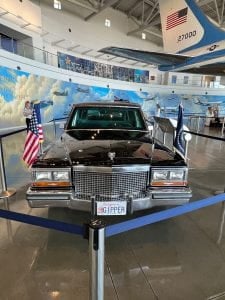
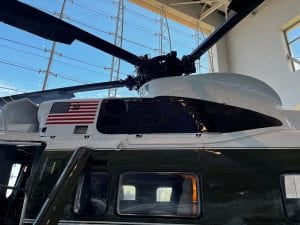



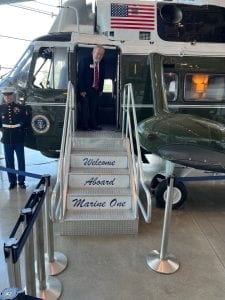
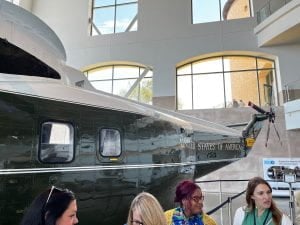

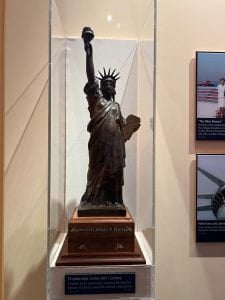

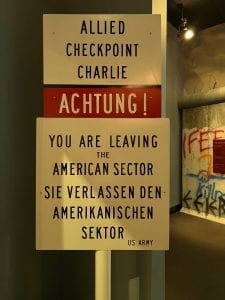
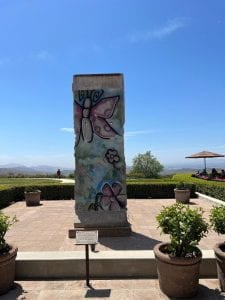
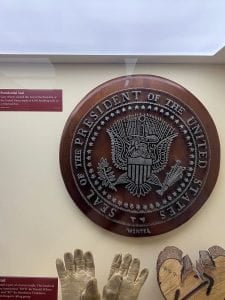


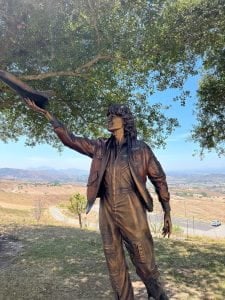
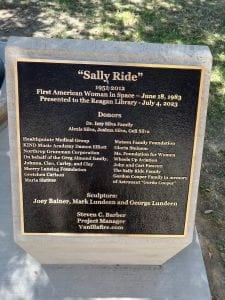
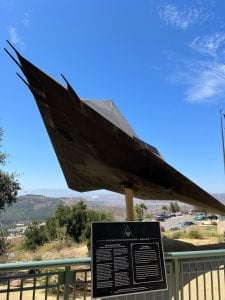
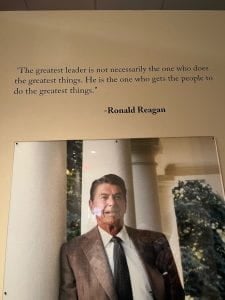
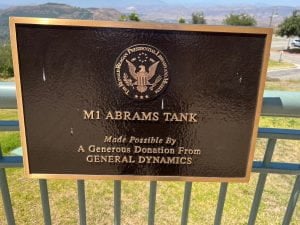
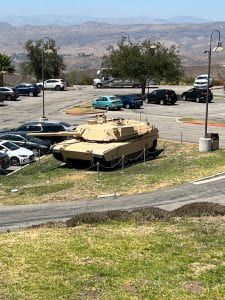
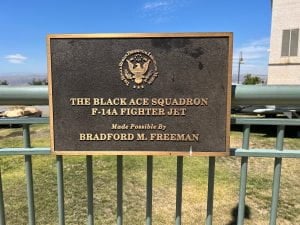

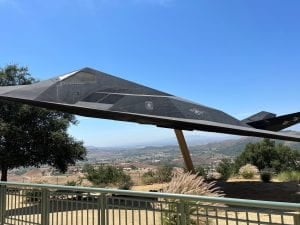
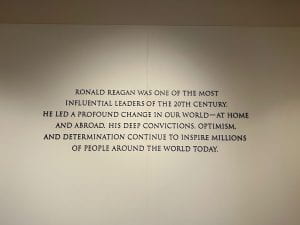
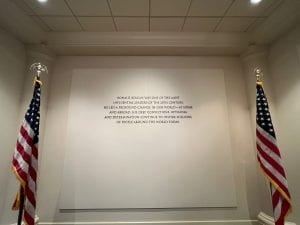
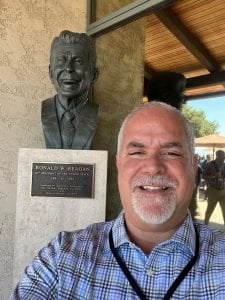

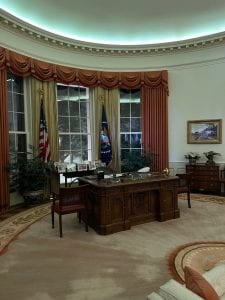
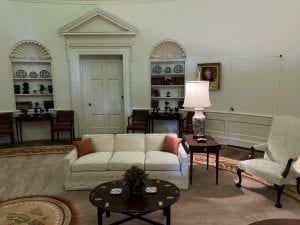

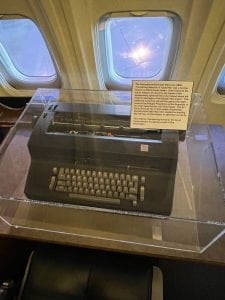




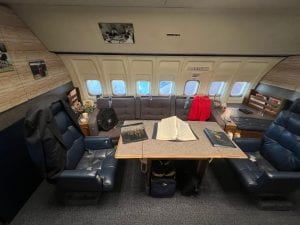
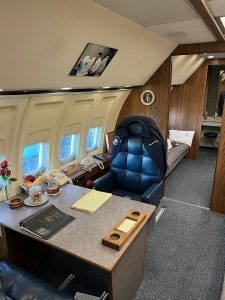

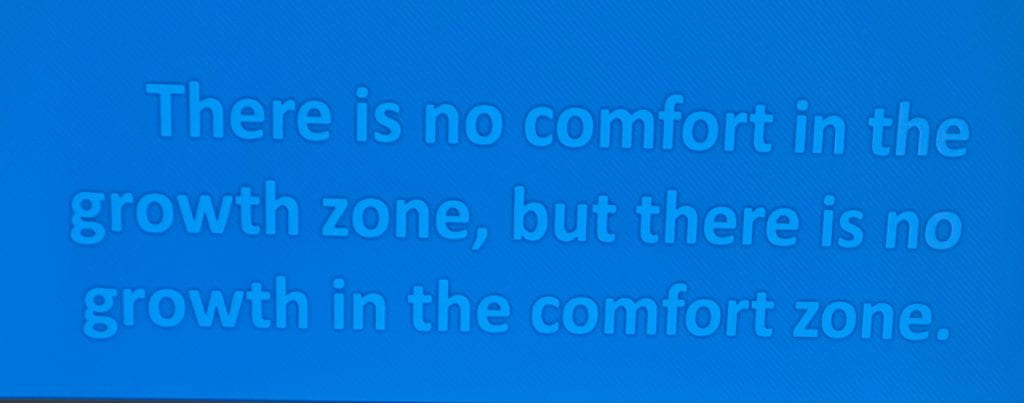
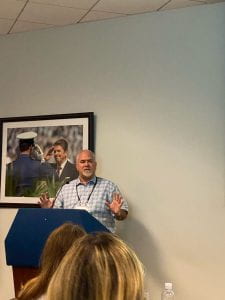
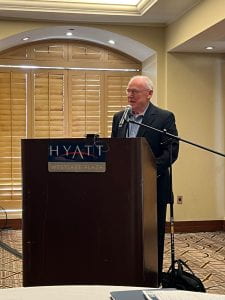
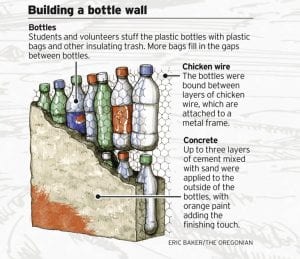




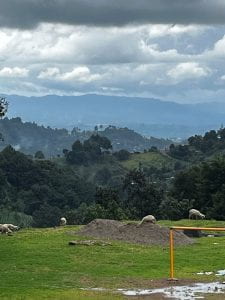

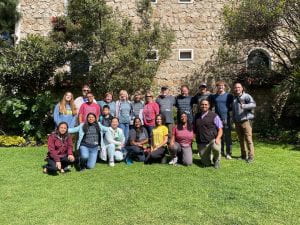
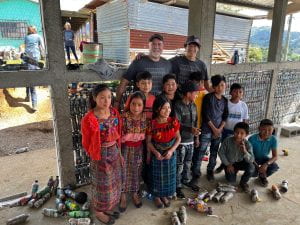
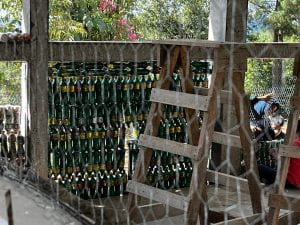
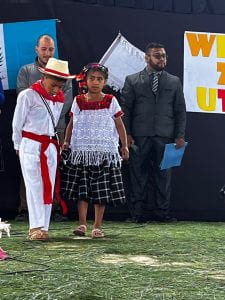

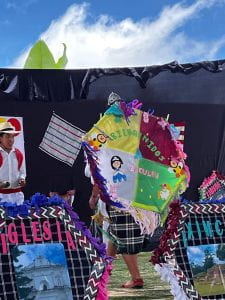
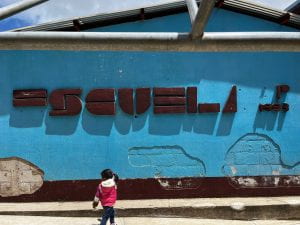
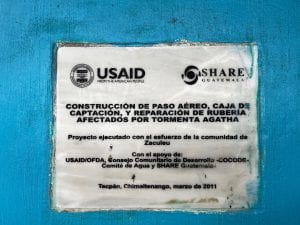
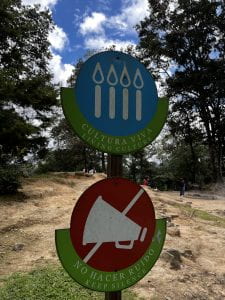

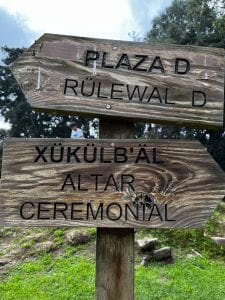



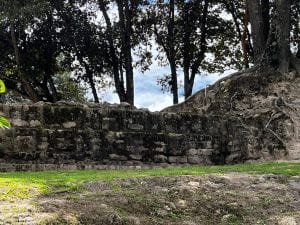




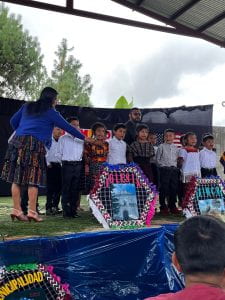
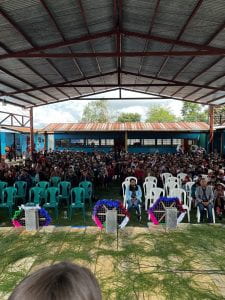
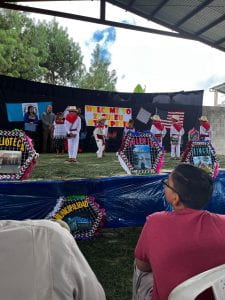
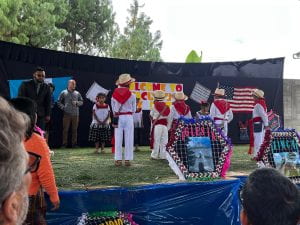
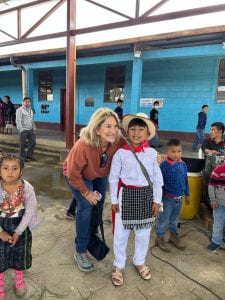
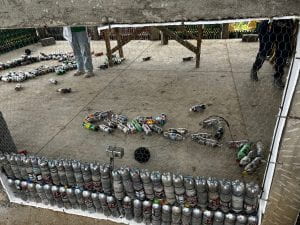
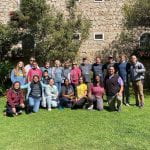

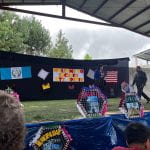
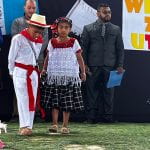
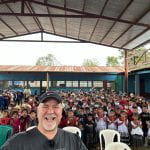
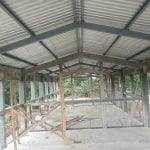
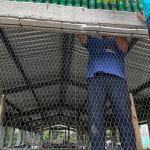
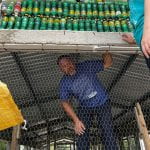
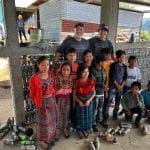
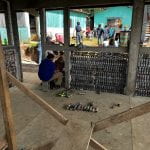

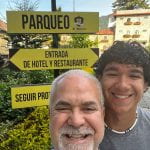

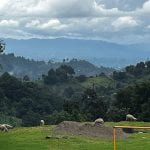




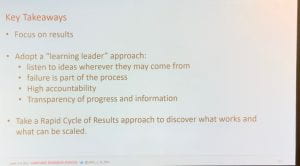 In the 2021-2022 school year, we chose to implement a robust planning and results-oriented project at both K-5 dual language (Spanish/English) schools in the District, Oak Terrace and Red Oak. Our main work has always been to create conditions that support student growth, learning, and teacher collective efficacy.
In the 2021-2022 school year, we chose to implement a robust planning and results-oriented project at both K-5 dual language (Spanish/English) schools in the District, Oak Terrace and Red Oak. Our main work has always been to create conditions that support student growth, learning, and teacher collective efficacy. 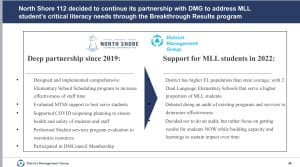
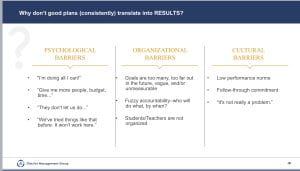
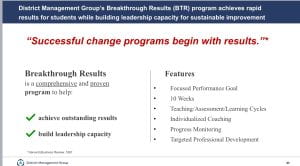 existing structures (teacher team planning/group thinking time) student learning (using assessment tools), instructional coaching (District teacher leaders), administrative collaboration (co-designing and considering solutions) all to help us do our work better.
existing structures (teacher team planning/group thinking time) student learning (using assessment tools), instructional coaching (District teacher leaders), administrative collaboration (co-designing and considering solutions) all to help us do our work better.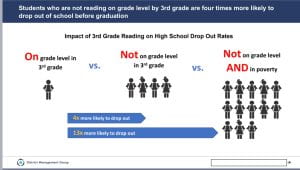
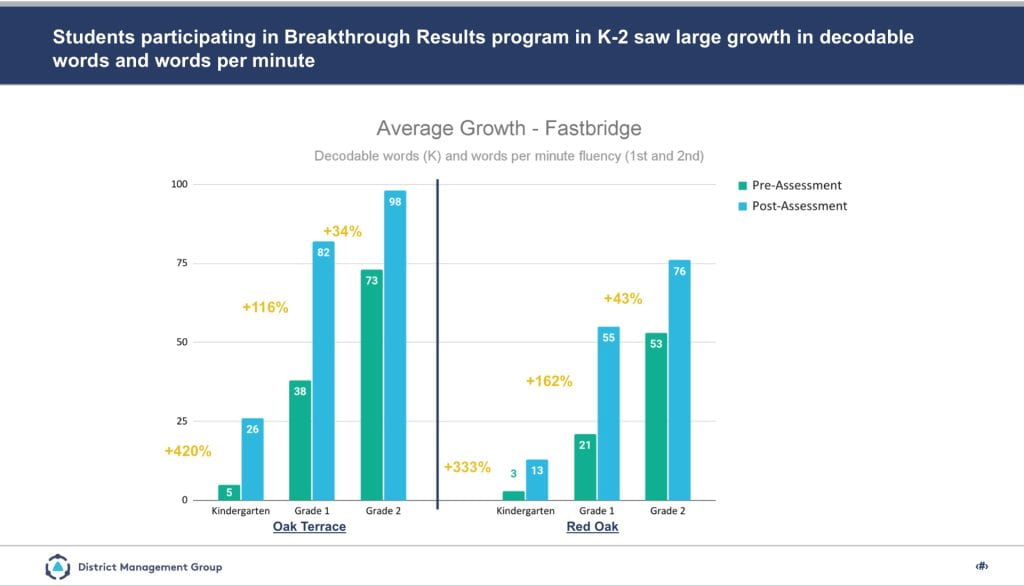

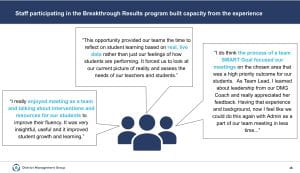
 I share the AI (artificial intelligence) response as an interesting “statement” as to what’s going on “technologically speaking.” I (or anyone) can enter a search query, and this new tool can generate a “Human-Like” chat with me about just about anything. So … I’ve been an educator before the internet, during its birth, before Google … and so on. In our 2017 book,
I share the AI (artificial intelligence) response as an interesting “statement” as to what’s going on “technologically speaking.” I (or anyone) can enter a search query, and this new tool can generate a “Human-Like” chat with me about just about anything. So … I’ve been an educator before the internet, during its birth, before Google … and so on. In our 2017 book, 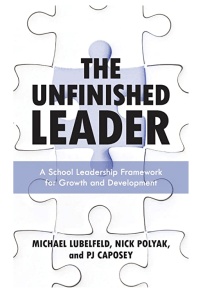 and the input of your affected stakeholders.
and the input of your affected stakeholders. 